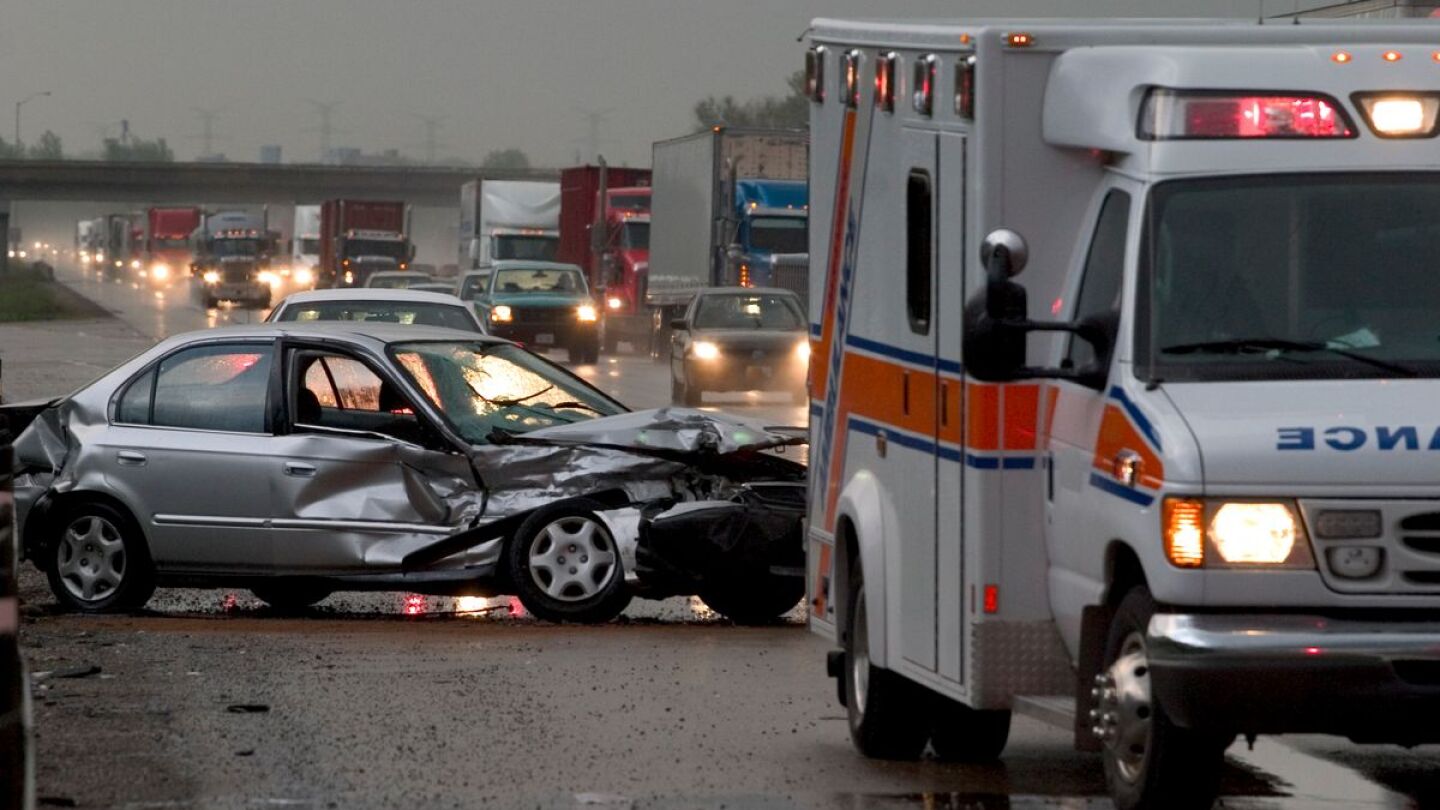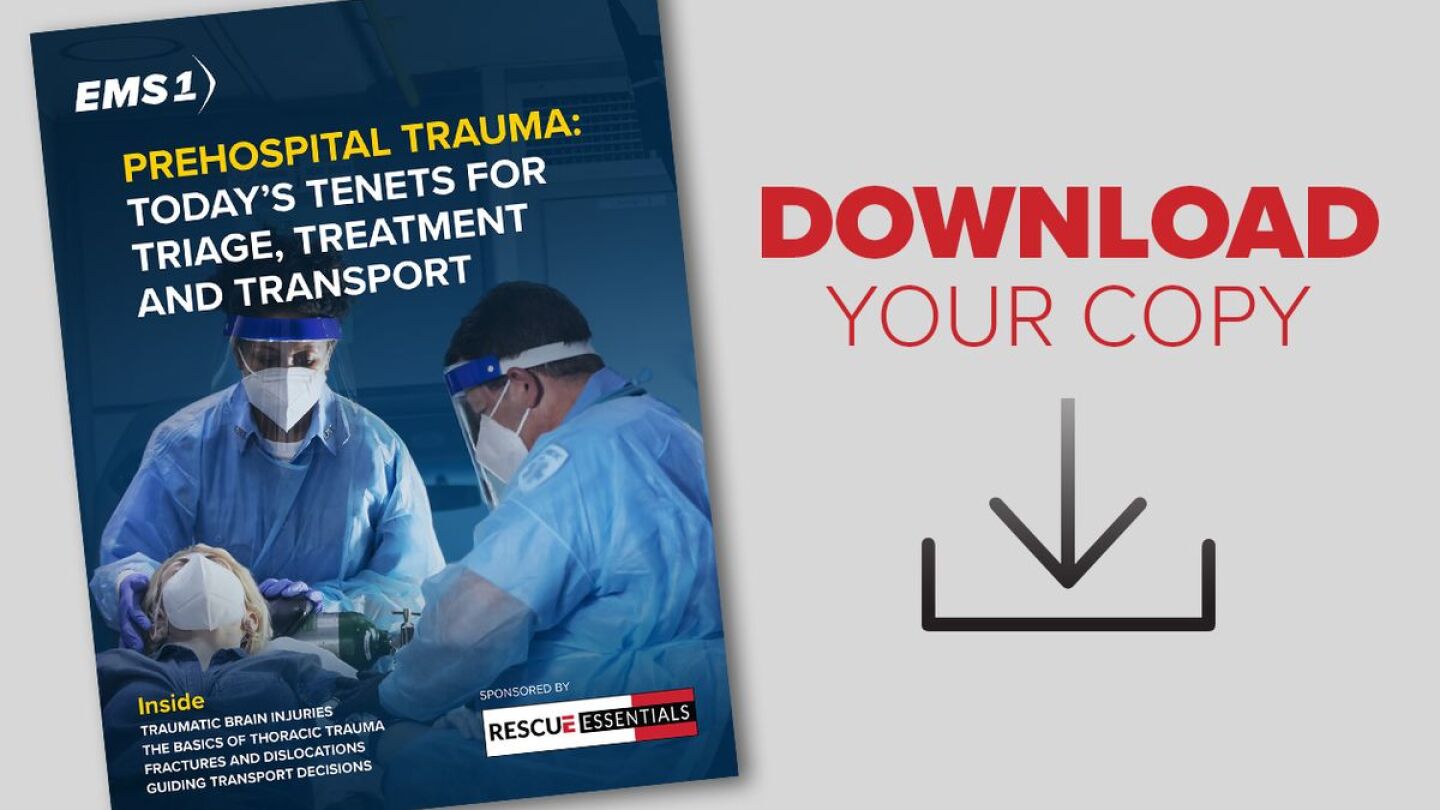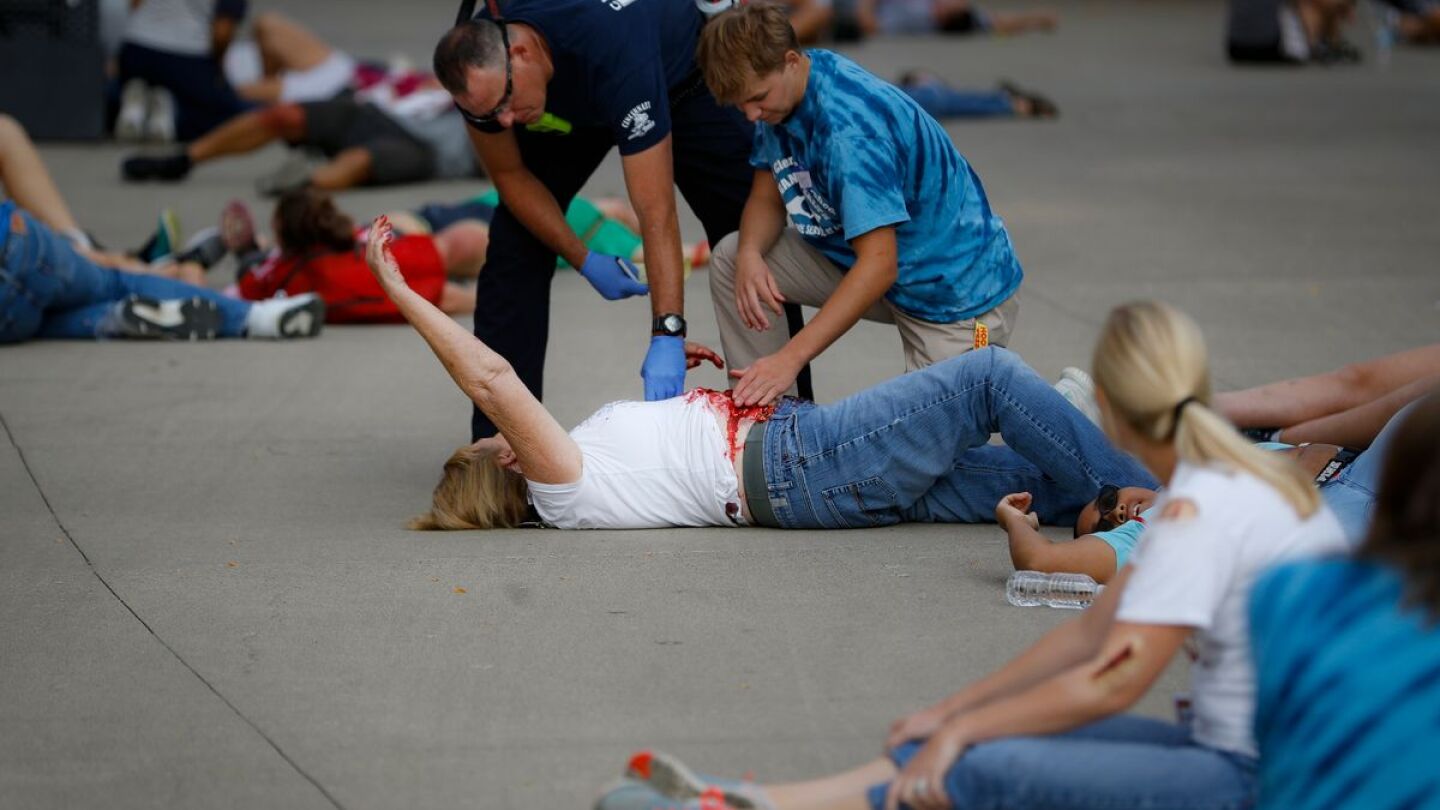About Rescue Essentials
Rescue Essentials strives to provide the best service, products, prices and, most importantly, survival outcomes for first responders, trained professionals, government agencies and everyday heroes. We’re proud to offer the widest selection of tactical emergency medical equipment and custom kitting capabilities available online. Our capabilities expanded to include custom design, manufacture, and distribution of purpose-built trauma and medical kits for government agencies, schools, transportation hubs and private businesses. Experience gained in working with entities like the U.S. Border Patrol, the Department of State, NYPD, FDNY, FBI, and various Special Operations units has synergized our kit building expertise with real world input. Learn more.















